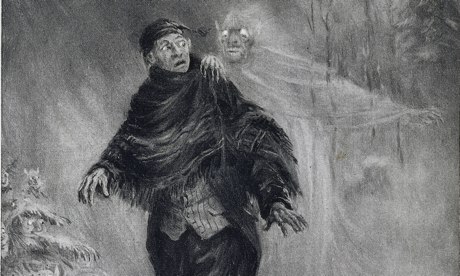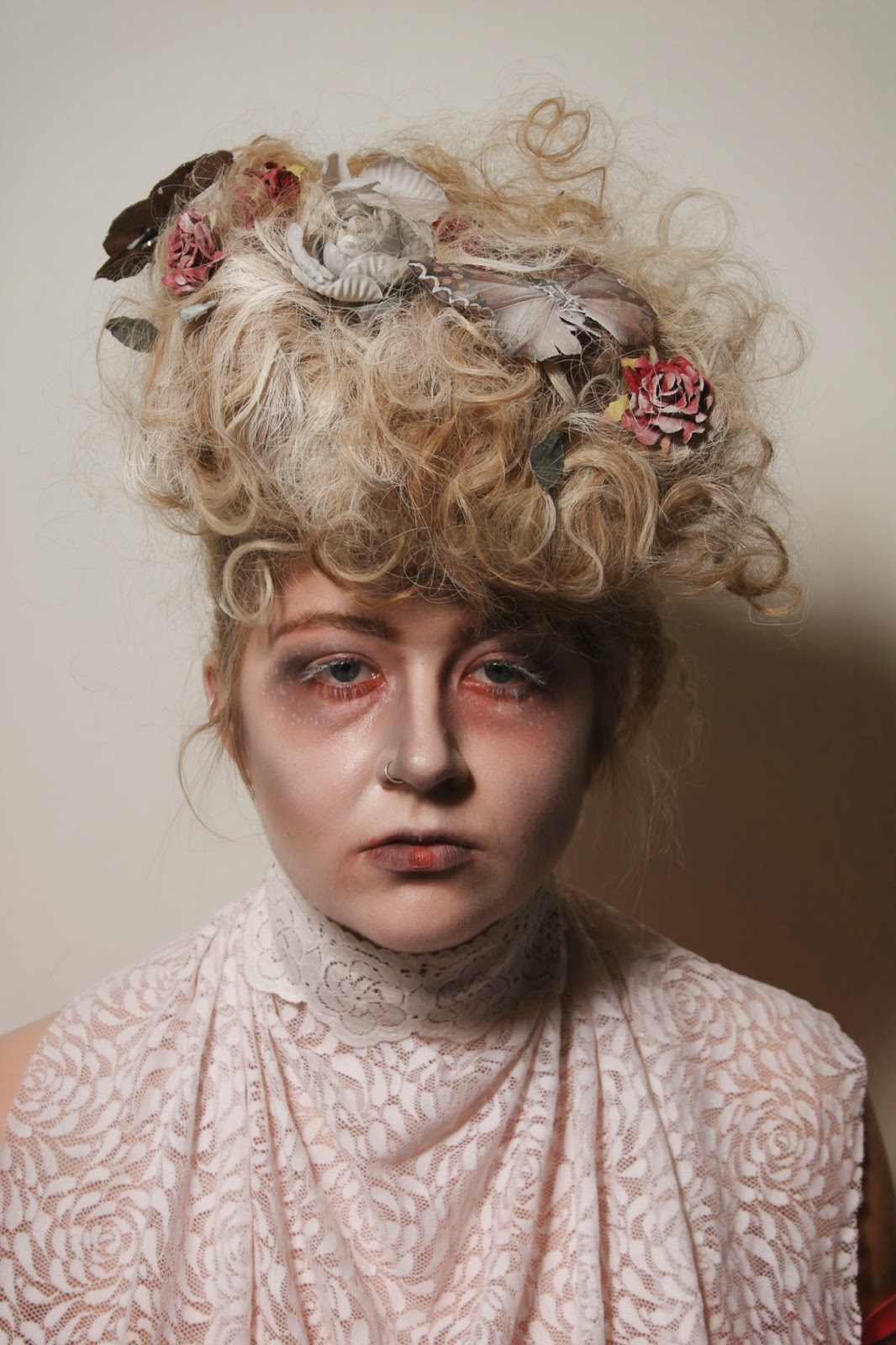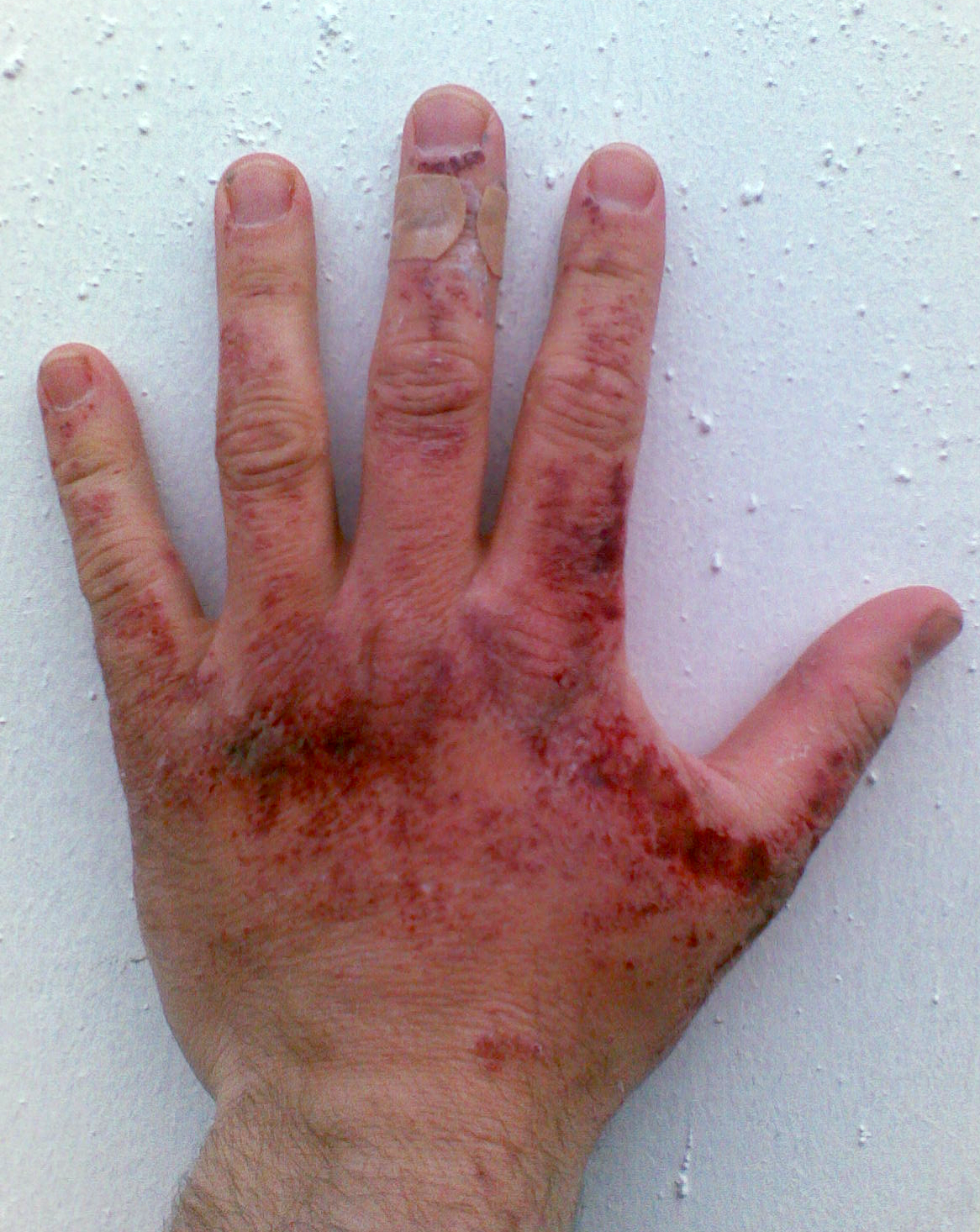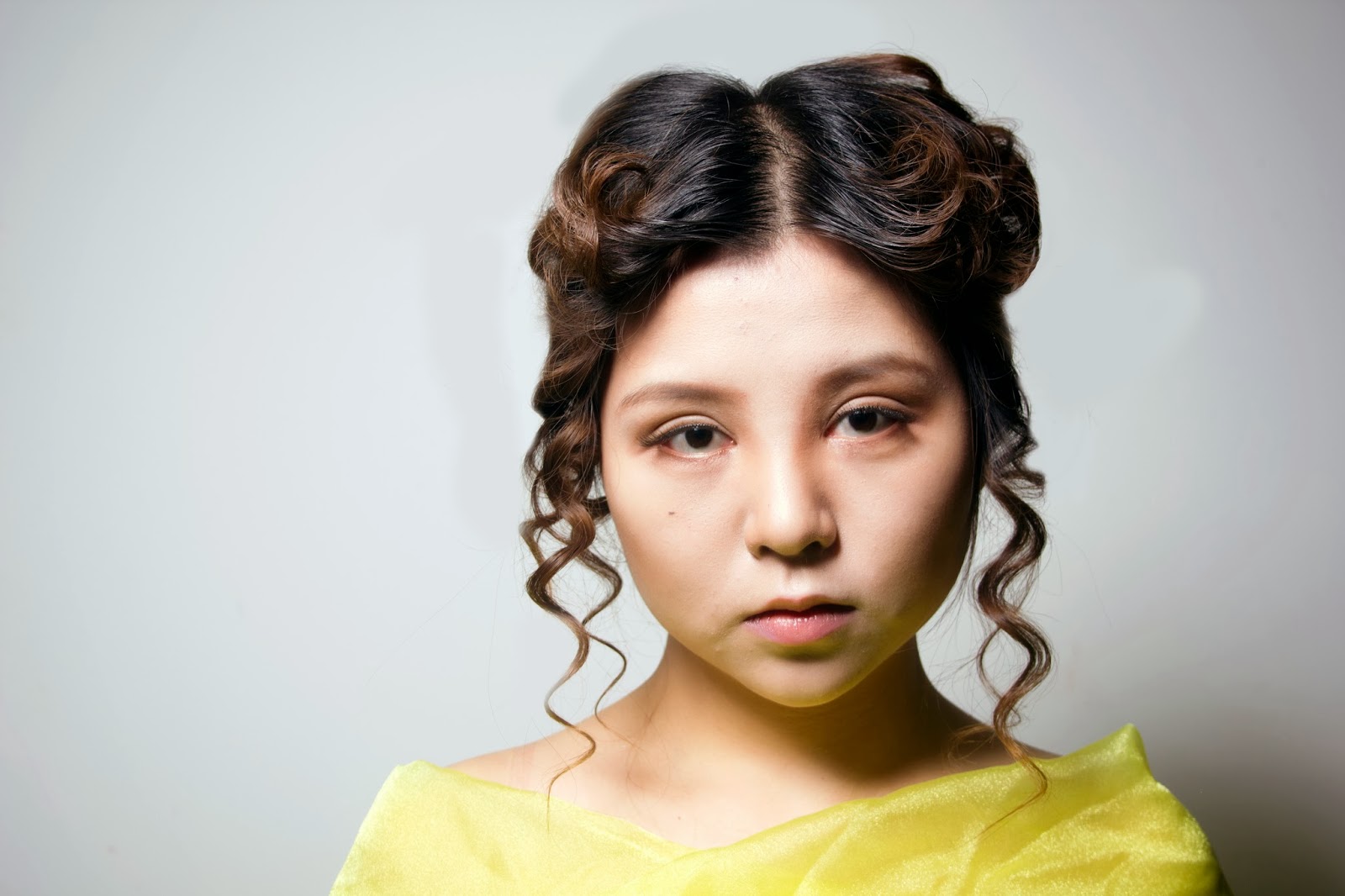Using references to gothic horror as a point of inspiration, we are asked to design two proposed characters for a music video - Claudia and Quentin.
Who are Claudia and Quentin?
Claudia
Claudia is a girl in her twenties. As a
child she was left alone to develop with little parental guidance and through
her relationship with T.V. movies developed an unhealthy relationship with
Horror films, believing this to be the way life really is.
All the scenes take place in various parts
of Claudia’s apartment, which is European in style with a great deal of kitsch
décor. She is agoraphobic and is kept in touch with the outside world by her
neighbours who provide her with her every day requirements. She models herself on a variety of girls
often twisting her look to suit whichever film she is watching at the time and
there is often a nod to the main character in the current film within her
appearance.
The script portrays her as psychotic and
there is always the feeling that although her character is scripted/can be seen
as humorous, danger is just around the corner.
However all this is normal to Claudia and she is of a cheerful
disposition in this mad world of hers.
Quentin
Claudia has an imaginary boyfriend,
Quentin, who is long suffering and a constant disappointment to her. They don’t
live together but he visits regularly and they talk on the telephone if he
can’t get in to see her. As he is part of her imagination his appearance
changes to suit her mood. Sometimes he will be a Christiano Renaldo/David
Beckham looking guy, whilst in another scene he will appear as a Pete Docherty
type, Daniel Craig type or a Hollyoaks Babe. If she is having a bad day he will
morph into an uncouth couch potato chav with all that brings with it.
To get our heads around the concept of Claudia and Quentin,we need to understand the genre of gothic horror.
Gothic horror originated from the 18th century. Many structures which were built during this time period would have many gothic horror features, such as sharp angular points and arches, height was also emphasised.
Along with gothic architecture, there are the horror stories. They would be stories of death, vengeful ghosts, the supernatural, vampires and corpses.
When we think of gothic horror fashion, we often think of the colour black. Black is a sinister, dark and mysterious colour. In the Victorian era, a woman in mourning would wear total black - this was called the mourning dress.
Creepy. Woman who were in mourning were treated differently but often thought as fashionable. It is also said that wearing black for mourning comes from a Roman idea; the mourners could prevent being haunted from the ghost of the deceased by cloaking themselves in black. The material most associated with mourning was black silk crepe, which was almost exclusively manufactured by one company, Courtauld's. Crepe had a flat, lifeless quality - lustrous materials like furs, satin and velvet were forbidden. When a women's husband passed, they would be expected to mourn for at least two years.
 |
| Queen Victoria in mourning |
Great designers such as Alexandra Mcqueen likes to incorporate the darkness of the mourning dress into his designs, such as in his winter 2006 collection.
 |
| Alexandra Mcqueen Fall/Winter collection 2006 'Widows of Colluden' |
A strikingly beautiful women who was clothed in black could have been regarded as femme fatale.
femme fatale
ˌfam fəˈtɑːl/
noun
- 1.an attractive and seductive woman, especially one who will ultimately cause distress to a man who becomes involved with her.
The Femme Fatale is a archetype of literature and art. Femme fatale in other words fatal girl. One who tries to achieve her hidden purpose by using feminine wiles such as beauty, charm, and sexual allure. In some situations, she will also lie or imply that she is a victim, caught in a situation in which she cannot escape; 'The Lady From Shanghai (a 1947 film)is a great example.
The Lady From Shanghai - Mirror Scene 1987
The femme fatal's ability to entrance and hypnotise her victim with a spell was in the earliest supernatural stories; hence, the femme fatale today is still often described as having power that can be compared to an enchantress, seductress, vampire, witch or demon, over men.
The earliest examples of femme fatale includes the biblical figure Eve, Cleopatra and Messalina.


























